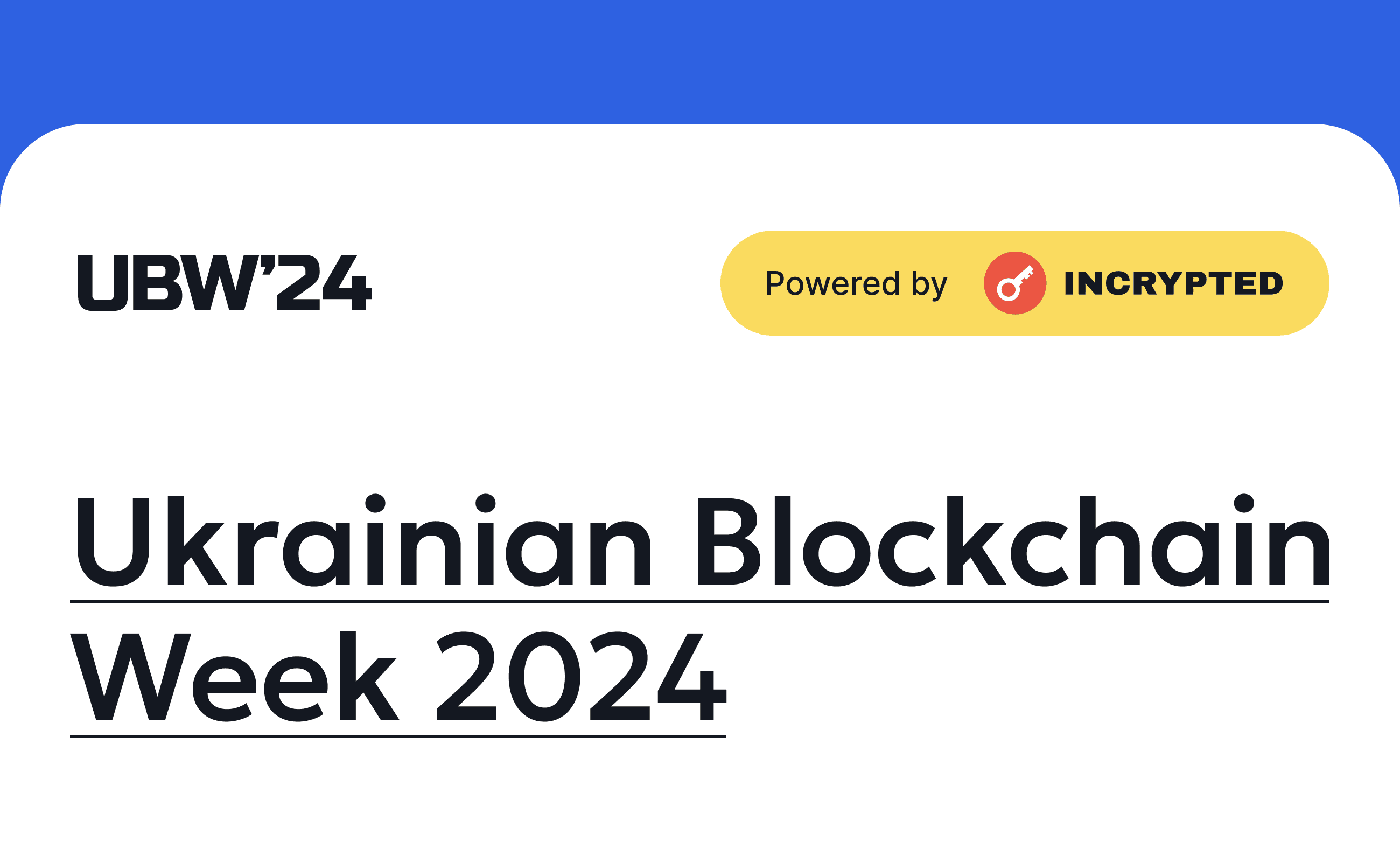Reflecting on NFTs: A Personal Journey Through Their Rise and the Quest for Revival in 2024

As I’ve been closely observing the ebbs and flows of the NFT market, I can’t help but feel a mix of anticipation and skepticism about its future. The latter part of 2023 saw a noticeable uptick in NFT interest, sparking conversations and debates about whether we’re on the brink of another NFT renaissance akin to the explosive year of 2021. I find myself pondering, can NFTs truly experience a revival in 2024? To attempt an answer, we must delve into the past to unearth the roots of NFTs’ allure and speculate on the future.
Let’s rewind to 2021, a year that, in my eyes, will forever stand as the golden era of non-fungible tokens. The journey of NFTs began much earlier, with “Quantum” marking its inception in 2014, but it was the whimsical world of “Crypto Kitties” in 2017 that hinted at the potential of NFTs to captivate a wider audience. Yet, it wasn’t until 2021 that NFTs catapulted into the mainstream, transforming from a niche curiosity into a full-blown market phenomenon.
Describing the meteoric rise of NFTs during this period feels almost inadequate without resorting to hyperbole. Words like ‘astronomical’ and ‘skyrocketing’ barely scratch the surface of the frenzy that enveloped the NFT space. The numbers speak for themselves: NFT trading volumes surged to an astonishing $17.6 billion, marking a staggering 21,000% increase from the previous year. This unparalleled growth wasn’t just a fluke; it was a testament to the burgeoning interest and investment in digital assets that captured the imagination of artists, collectors, and investors alike.
As we stand on the cusp of 2024, the question looms large: Can NFTs recapture the magic of 2021? While the recent resurgence in interest offers a glimmer of hope, I believe the path forward is fraught with challenges and uncertainties. The landscape has evolved, and for NFTs to thrive, they must adapt to the changing demands and expectations of a more discerning and skeptical audience.
In my view, the potential for a revival is there, but it hinges on several factors, including innovation, utility, and broader market conditions. The allure of NFTs lies not just in their novelty but in their ability to redefine ownership, creativity, and value in the digital realm. Whether 2024 will witness another NFT wave on par with 2021 remains to be seen, but one thing is for certain: the journey of NFTs is far from over, and I, for one, am eager to see where it leads.
What Has Driven the Rise?
A mix of various factors can explain the NFT surge in 2021:
- Unique technology – to begin with, NFTs leverage the unique features of blockchain to provide unprecedented benefits of storing ownership rights in a decentralized, trustless, and immutable environment. At the core, the hype surrounding NFTs has had genuine technology to back it.
- Crypto bull run – the rapid growth of NFTs came amid surging cryptocurrency prices, with Bitcoin hitting a record high near $70,000 in November 2021 amid inflation concerns. This made crypto holders much richer in dollar terms. With a purchasing power stronger than ever before, they ignited the surging NFT trend.
- COVID-19 pandemic – with lockdowns affecting normal life and economy, the world has turned to digitalization. For example, the share price of video communications company Zoom saw a three-digit increase in a matter of months.
During this period, retail investors, often bored, spent hundreds to thousands of US dollars on NFTs. - “Next big wave” – the dramatic decline in initial coin offerings (ICOs) left a huge void, and the crypto community was looking for another major trend. It came in 2020, with the launch of Compound’s governance token triggering the decentralized finance (DeFi) summer.
NFTs emerged as an alternative trend, presenting themselves to a more diverse blockchain market as the next big wave, alongside DeFi and security tokens. - Network effect – one of the key drivers behind the NFT hype was the network effect, with social media spreading the trend like wildfire. Many celebrities and influencers joined NFTs, popularizing the concept among their communities. Elon Musk, Eminem, Paris Hilton, Snoop Dog, and Quentin Tarantino are some of the big names who experimented with NFTs.
- FOMO – as with any strong bullish move, the fear of missing out keeps fueling its growth, and NFTs were no exception.
The 2022 NFT Meltdown: Was It the Bursting of a Bubble?
The rapid expansion of the NFT trend was nothing short of breathtaking, but the correction that followed seemed inevitable. However, the magnitude of the downfall, slashing about 90% of trading volume within weeks, caught most of us by surprise.
Below is the data from TheBlock
In May 2022, the NFT market experienced its third-best week in terms of trading volume, with more than 1.6 billion worth of tokens changing hands. The jubilation was short-lived, as just a month later, weekly trading volumes plummeted to 130 million, marking the worst performance in a year. This stark drop in demand sent NFT prices into a freefall. High-profile cases, like influencer Logan Paul’s purchase of an NFT from the 0N1 Force collection for over 600,000, only to see its value plummet to below 100, highlight the volatility and risk inherent in this market.
Even the most sought-after collections weren’t spared from the bearish sentiment. The floor price of Doodles, Meebits, Cool Cats, and even the iconic CryptoPunks witnessed dramatic declines. This downturn wasn’t isolated to NFTs but was symptomatic of the broader crypto market’s struggles. The collapse of TerraUSD (UST) and its associated token Terra Luna (LUNA), which wiped out $60 billion in May 2022, marked the beginning of a prolonged bearish phase, often referred to as the ‘crypto winter.’
Image source – CoinGecko
The fallout was swift and merciless, with major crypto entities like Celsius Network, Voyageur, and Three Arrows Capital collapsing in quick succession. The bankruptcy of FTX, then the second-largest crypto exchange, seemed to hammer the final nail into the coffin. Amidst this chaos, discussions about NFT scams and rug pulls gained momentum, casting a long shadow over the prospect of an NFT revival.
Reflecting on these tumultuous times, it’s clear that the NFT craze of 2021, while reminiscent of an economic bubble, doesn’t necessarily spell doom for the future of NFTs. Unlike the ICO craze, which largely fizzled out, NFTs continue to hold a unique allure. They represent a new frontier in digital ownership and creativity, one that is still finding its footing in the broader economic landscape.
I remain cautiously optimistic about the potential for NFTs to find stable ground and thrive once again. The lessons learned from this crash will undoubtedly shape their future, making them more resilient and, hopefully, more valuable to both creators and collectors in the long run.
Signs of Revival: The NFT Market’s Cautious Awakening Amidst a Bullish Momentum in Late 2023
Throughout the tumultuous journey of the NFT market, the beginning of 2023 felt like watching a patient in a coma, showing faint signs of life but not quite waking up. The landscape was grim; a report by dappGambl last September painted a stark picture, revealing that over 90% of all NFTs were essentially worthless. Among the top NFTs, 1,600 were considered dead, languishing in the digital ether, with the majority priced meagerly between 100 and 200.
This report highlighted a troubling trend: a significant portion of the NFT market was driven by speculative and hopeful pricing strategies, detached from the actual trading history of these assets. It underscored a harsh reality—80% of all collections remained dormant, with sellers clinging to the hope of another massive surge akin to the 2021 boom. Yet, analysts were skeptical, suggesting such a phenomenon might never recur.
However, as 2023 waned, the first glimmers of revival began to appear. The final quarter brought a wave of optimism that hadn’t been felt in a long while. The crypto market, long beleaguered by bearish trends, turned bullish. A pivotal moment came with the Securities and Exchange Commission’s (SEC) approval of the first Bitcoin spot exchange-traded funds (ETFs). This development sent ripples through the market, igniting a bull run that propelled BTC above the $40,000 threshold, reaching its highest level since May 2022. This marked a significant recovery from the depths of the crypto winter, breathing new life into the market.
The resurgence of Bitcoin and the broader crypto market has cast a hopeful light on the NFT sector. While the early part of 2023 saw the NFT market struggling to find its footing, the latter part of the year has sparked a cautious optimism. The question now is whether this resurgence will translate into a sustained revival for NFTs. Will this newfound optimism in the crypto market spill over into the NFT space, reinvigorating interest and investment in digital assets? Only time will tell, but for the first time in a long while, there’s a sense of hope that the NFT market may yet find its second wind.
NFTs have benefited from the buoyant sentiment. In December, weekly trading volumes exceeded the $500 million mark for the first time since May 2022.
Indeed, the state of the general crypto market greatly influences the NFT sector. While I couldn’t find a direct comparison between NFT volumes and the BTC price, you can check the performance of Decentraland – a representative NFT project that reflects NFT volumes up until the end of 2023 – and BTC.
NFTs: Is a Comeback Possible in 2024?
The last quarter of 2023 has increased hopes that NFTs are coming back much stronger this year, and there are some great fundamentals to back a revival.
Last December was the greatest month since May 2022, with monthly sales exceeding $1.77 billion. Also, the number of unique buyers has consolidated above 1 million per month.
However, this time it’s different – the NFT sector is more diverse than in 2021. To begin with, NFTs are in the spotlight again because of a new player – Bitcoin Ordinals.
For those unfamiliar, ordinals are fungible satoshis with unique identifiers that can host inscriptions, giving birth to so-called Bitcoin NFTs. Unlike the NFTs on any other chain, including Ethereum, ordinal inscriptions are stored directly on the Bitcoin blockchain itself, benefiting from an unparalleled level of security. This makes them very attractive. In fact, the recent spike in NFT activity is mostly attributed to Bitcoin NFTs.
Even Sotheby’s, the high-profile auction house, announced the first sale of a Bitcoin Ordinal collection – BitcoinShrooms.
Another major player is Solana, the fastest-growing blockchain in 2023. Last December, trading volumes of Solana NFTs surpassed Ethereum NFTs for the first time ever, excluding wash trading. This chart shows that Bitcoin and Solana NFTs were mostly responsible for the recovery.
Factors that may further support the NFT recovery in 2024:
- Crypto market performance – NFTs need the support of the broader crypto market, and many have positive expectations for 2024. As the SEC finally approved the first Bitcoin ETFs in mid-January, the price of the oldest cryptocurrency has exceeded the $45,000 mark for the first time since mid-April 2022.
Many analysts are ready for a new record high this year. The bullish sentiment bodes well for NFTs. - Diversified and mature NFT sector – today, the NFT market is more mature and diverse, with Bitcoin and Solana offering interesting features. Solana and layer 2s, like Arbitrum and Polygon, are cheap and eco-friendly alternatives for minting NFTs.
- Utility – unlike the NFT hype in 2021, the market doesn’t fully rely on the speculative aspect surrounding collectibles and memes. Instead, there are several niches where NFTs can find utility.
For example, the tokenization of real-world assets (RWAs) has been gaining traction in recent months. Centrifuge has emerged as an important DeFi protocol offering NFT-based RWAs on blockchain.
Other major sectors that may push NFT adoption are gaming and metaverse. The number of unique active wallets (UAW) and the trading volume across blockchain gaming platforms keep increasing. - Traditional brands – NFTs can be used for innovative marketing campaigns to attract the younger generation. In March of 2023, Starbucks released its first paid collection of NFTs. 2,000 tokens priced at $100 were sold in about 20 minutes.
While NFTs can leverage many factors to achieve mainstream adoption, a potential recovery won’t resemble the 2021 hype, so don’t expect the charts to explode again. Instead of a few collections worth millions, there may be way more small NFT projects with accessible prices and higher utility.
Meanwhile, the NFT sector still has to fight wash trading, scams, and rug pulls to change the perception of regular consumers. Another challenge relates to fragmented regulatory practices across various jurisdictions.
The NFT space has all the prerequisites for a solid year. Will it succeed?
The chances are that it will recover indeed. With a more diverse infrastructure and use cases, NFTs are not just about collectibles with no use. Gaming, tokenization of RWAs, Web3, and other sectors leverage the unique benefits of NFTs, driving their demand.
Meanwhile, the bullish sentiment on Bitcoin and the crypto market will continue to support the NFTs’ ascension.


